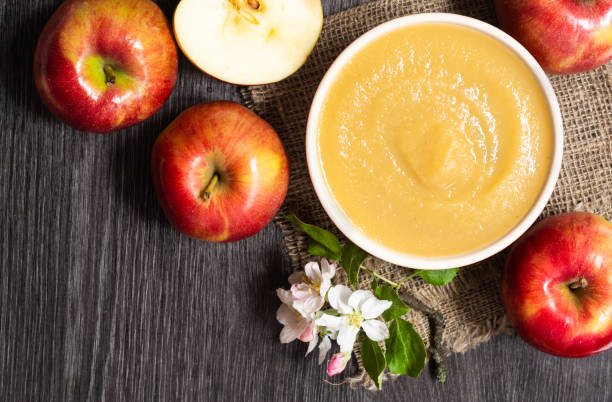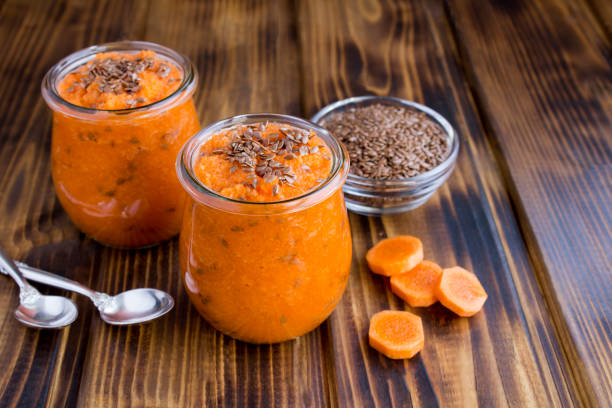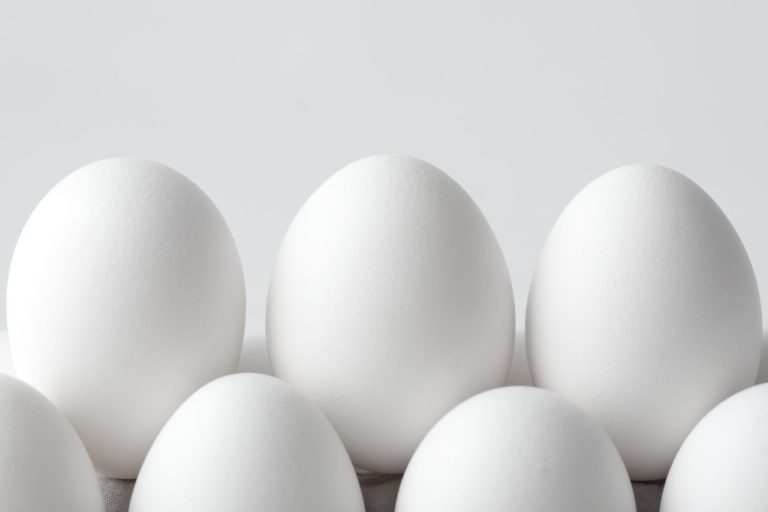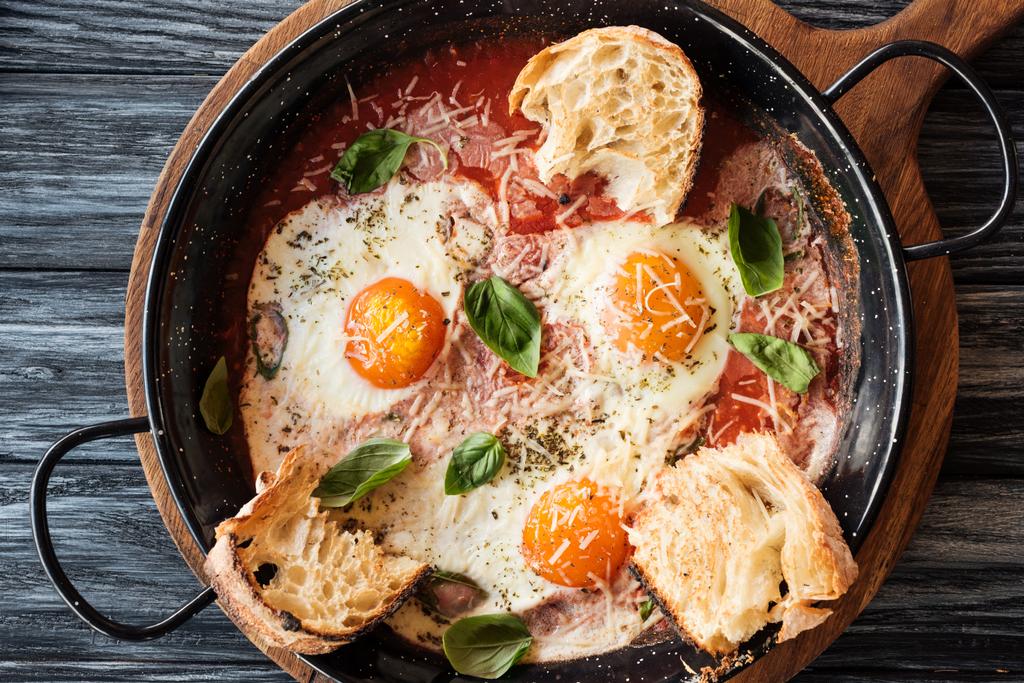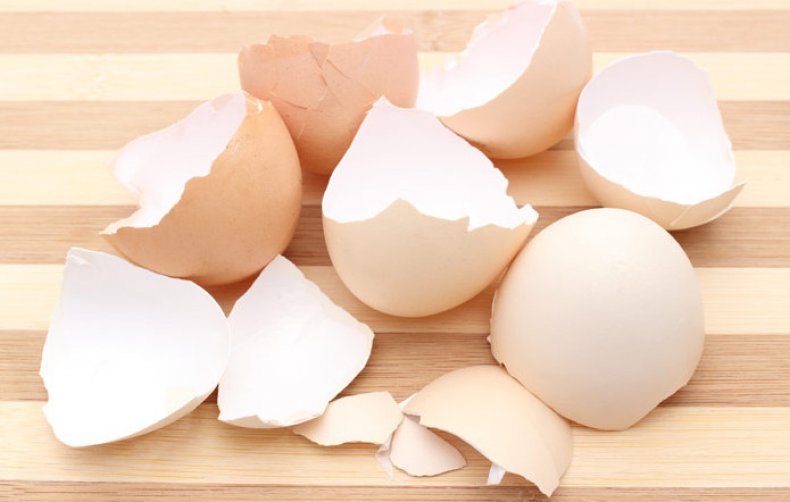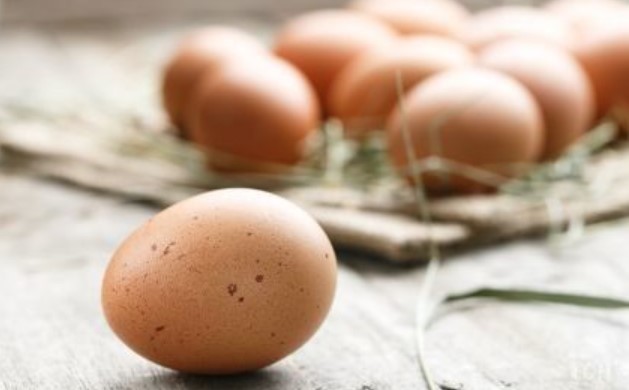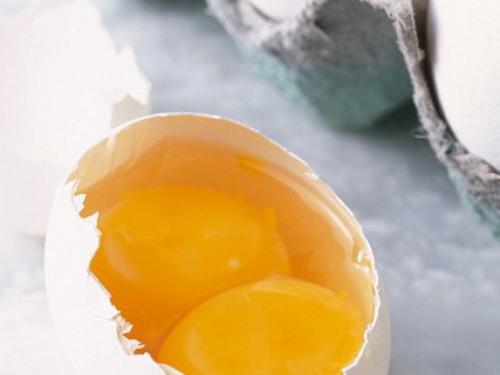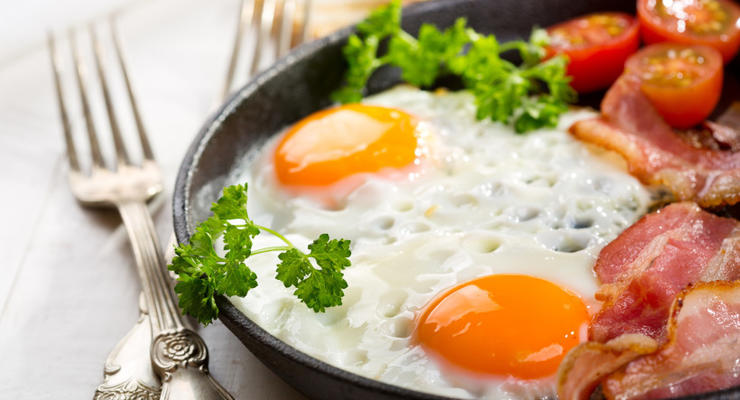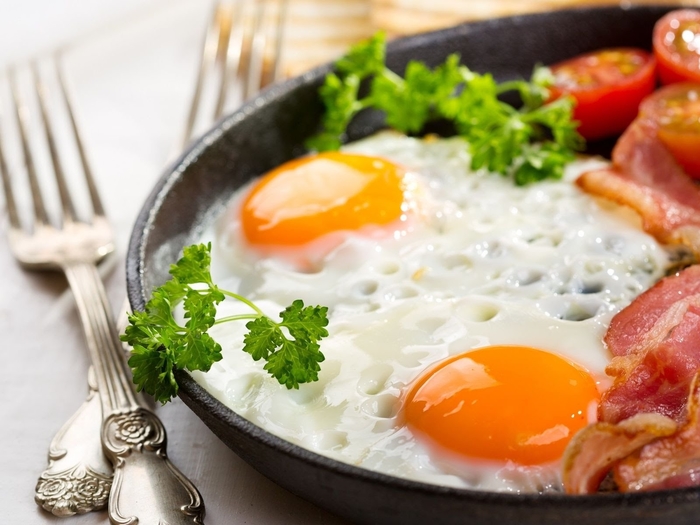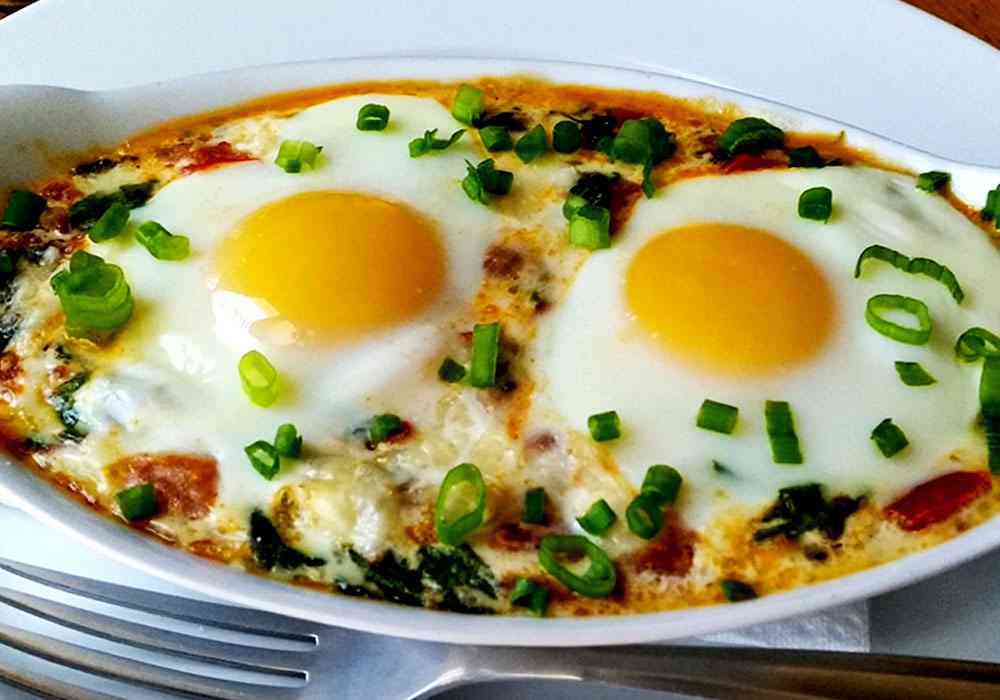After the first major egg scandal in the summer of 2017, eggs from the Netherlands contaminated with the insecticide fipronil have again landed in German retail. Six states are affected. After a second investigation, the batch numbers of the eggs have now also been announced.
A new fipronil scandal is causing a stir in Germany. The authorities are trying to clarify – there are still some ambiguities. Six federal states were affected by the egg scandal, the Lower Saxony Ministry of Agriculture in Hanover announced on Monday evening to the German Press Agency.
After the insecticide fipronil was detected in 73,000 eggs that were delivered from an organic farm in the Netherlands, a second independent investigation is required by law in order to be able to publish both the affected packing center in the Vechta district and the batch numbers of the eggs. Some of the eggs were already on the market before fipronil contamination was discovered.
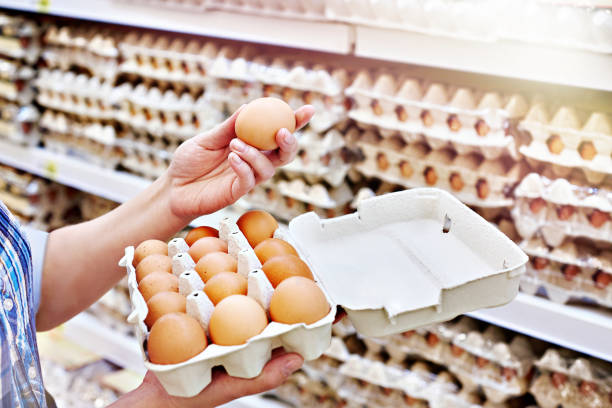
Which eggs are affected after the second examination?
A test by second laboratory-confirmed contamination in 73,545 eggs. According to the Dutch food authority, the contamination is a late consequence of the 2017 egg scandal. The soil is therefore not completely free of the residues of the substance, according to Rob Hageman, a spokesman for the Dutch food authority. “The breeders no longer use the drug.” However, the values of the insecticide are significantly lower than in the previous year, which indicates that it is only the remains of the poison in the soil.
After re-examination, it became known that these were eggs with the following code: 0 NL 4031002, the publication of which the Greens in Lower Saxony had requested.
A late consequence of the 2017 scandal?
According to Dutch information, the new find with the contaminated eggs is a late consequence of the 2017 crisis. Apparently, there are still residues of the substance in the soil, according to Rob Hageman, a spokesman for the Dutch food authority.
Second egg scandal in a year
Already last year (summer 2017) millions of eggs were recalled due to an excessive fipronil concentration. First in the Netherlands, then in Germany, and finally in other countries as well.
The ministry in Hanover already suspected that the same companies that were involved in the egg scandal in 2017 are now involved again.
Is there a health risk?
Since the 2017 egg scandal, eggs have been specifically tested for fipronil. During the first investigations in Vechta, fipronil levels of up to 0.019 milligrams per kilogram were found. The maximum permissible value here is 0.005 milligrams.
However, according to the authorities, there is no acute danger for consumers.
Which states are affected?
The federal states of Lower Saxony, Hesse, Bavaria, Baden-Württemberg, Schleswig-Holstein and North Rhine-Westphalia are affected by the contaminated egg deliveries. It is best to check the batch numbers on your eggs to determine if you have purchased the affected eggs.
The eggs were recalled immediately upon finding; It is currently unclear which supermarkets are affected.
How could such an egg scandal happen again?
According to Dutch media reports, even before the second examination of the eggs, the farmer, who was affected by the fipronil scandal last year, suspected that there might still be insecticide residues in the soil of the meadow where the chickens roam. This assumption has now been confirmed.

After the renewed egg scandal due to the poison fipronil became known, the Greens are demanding consequences. “We finally need number codes for foods containing eggs such as pasta,” said the spokeswoman for food policy in the Bundestag, Renate Künast.
What is fipronil?
The insecticide fipronil is actually used against insects such as fleas, mites, and ticks and must not be used on food-producing animals. Last year, the poison was added to a cleaning agent and sold to chicken farmers through a Dutch company

